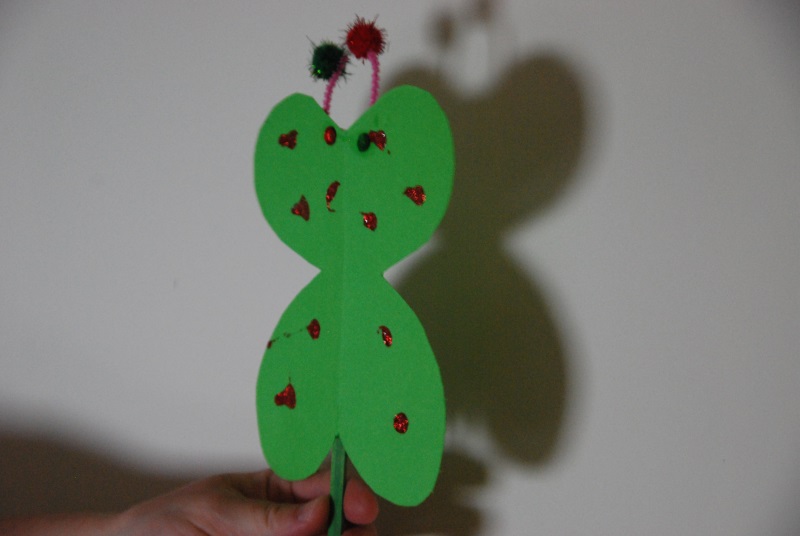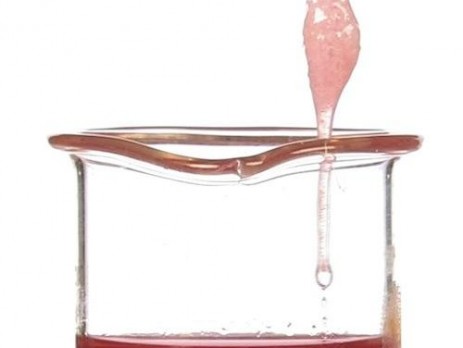Science Activities You Will Want to Do With Your Kids
- 18 March, 2016 //
- For Parents //
- Tags : activities for children, parent resources, science
- Comments Off on Science Activities You Will Want to Do With Your Kids

Between work, school, and extra-curricular activities, family time is at a premium. Take advantage of your free time on the weekend or during school vacations and try one of these science activities. Spend some quality time as a family, learn some science, and even get a bit messy!
Each activity focuses on a key scientific concept, yet can be done with basic materials. Encourage scientific thinking by asking your child to predict what will happen before doing each activity. Focus on the reasoning behind the prediction, rather than accuracy. Remember, the scientific method is a process designed to be repeated. If the prediction is not correct, that is fine, it’s science!
Pre-K – Grade 2
Young children as natural scientists. They continually experiment with the world around them. Has your toddler ever thrown food from her highchair? Perhaps she was really experimenting with gravity and projectile motion!
Fun with Shadows – Get creative with your child while exploring light and shadows. Extend this activity by making puppets from translucent materials (see what is available in your recycling bin) and comparing their shadows with those of the opaque cardboard puppets.
Sink or Float with Nature – Although he most likely hasn’t studied density or buoyancy, your child probably has a good grasp of what floats on water. Don’t worry if it’s winter, gathering materials for this activity doubles as a good excuse to bundle up and head outside for a while. A large mixing bowl set on a towel will work well if weather requires that the experiment takes place indoors.
Walking on Eggs – The potential for an activity to go spectacularly wrong and end in a slimy mess always adds excitement to a science project. Thanks to physics, cathedral arches hold up and so should raw eggs under your child’s feet. Once your child masters the art of walking on eggshells ask her to predict the minimum number of eggs that will hold her weight. Of course she will have to try it! As an extension, this may turn into an assignment on finding the best household cleaner.
Grades 3 – 5
Older elementary students have been introduced to a wide range of science concepts. They have begun to study the various branches of science and are ready to extend learning by developing scientific questions. Challenge your student to ask follow-up questions after an activity, then design a way to test one of the question.
Coloring Flowers – Flowers brighten a home no matter the season, so why not color them your child’s favorite colors? This activity demonstrates how water is pulled through plants by transpiration. White flowers work well for this, but celery acts as a good substitute. Ask your child what will happen if the stem is split and placed in different colors. Then, try it with her!
Balloon in a Bottle – Air is all around us, but understanding that this invisible gas takes up space is not necessarily intuitive. Ask your child to predict what will happen before trying to inflate the balloon each time. Be sure to use latex free balloons if any household members have latex allergies.
Discovering Sound Matters – The idea that sound requires matter can be a difficult one to grasp. Take the opportunity to learn about sound as a vibration through matter by demonstrating the abstract with this simple and fun project.
Diaper Science – Who doesn’t love a little potty science? Disposable diapers contain sodium polyacrylate, a superabsorbent polymer. This property allows diapers to absorb and hold liquids. Maybe your scientist wants to experiment further by testing how well the diaper absorbs different household liquids.
Middle and High School
At this level, science students have a solid understanding of the scientific method and have conducted experiments at school. Perhaps they have even designed and presented experiments at science fairs. Ask your child to explain the science to you as you work on these activities together. You may be amazed by what she teaches you!
Strawberry DNA – This activity is a great introduction to DNA for students studying life science or biology. It takes an abstract concept and yields a visible result. High school students can follow-up this activity with our self-paced lesson on DNA Structure and Replication.
Build a Roller Coaster – What tween or teen doesn’t love a roller coaster? Okay, this one is a bit smaller than the ones they are used to riding on, but it is a good model for discussing transformations of mechanical energy. Add on tubes and have an all ages, family-friendly competition to see who can construct the longest track that works or the one with the tallest uphill or most loops.
Mini Snow Machine – Combine the studies of electronics and fluid dynamics by simulating a blizzard with this mini snow machine activity. See if your student can draw a electrical schematic diagram for the machine. Then, try changing the sizes of the pieces of paper to see if it impacts the blizzard.
Cleaning the Air – If your student is interested by environmental science or enjoys tinkering and building, this is the project to try. Use the engineering design process to create, build, and test an air filter to capture particulate matter. Redesign is a key step of the engineering process and should be in this activity as well!
Visit Help Teaching and utilize our growing collection of K – 12 science printables and lessons. Read The Ultimate Guide to Teaching Science for our favorite science resources for teachers and homeschooling parents.





